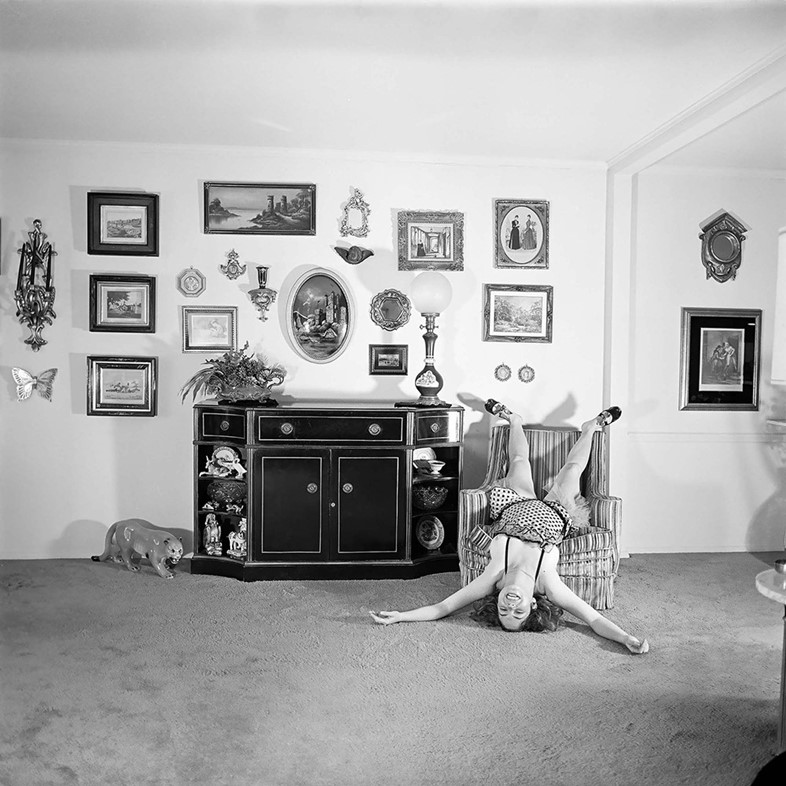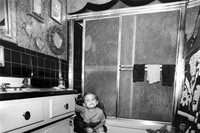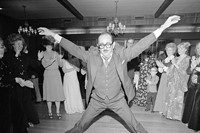A new exhibition of Meryl Meisler's photography opens this week, celebrating her Jewish heritage, her inimitable sense of humour, and New York's golden era of disco
There is no mistaking photographer Meryl Meisler’s authentic Long Island drawl. From the moment she picks up the phone to talk to AnOther about her new exhibition at the Steven Kasher Gallery her voice is animated and utterly true to the suburban town of North Massapequa where she grew up, and happily, this authenticity permeates every element of her work. “This exhibition is almost like a retrospective of my life in the 70s,” she says. “Growing up in the suburbs, my relatives, family occasions, neighbours and my best friends were all my first subject when I started using a serious camera. And then it includes nightlife photographs from the wild club scenes in New York in the 1970s and 80s as well, and going out to Fire Island in the summer.” The collection is irresistible – each image a witty and memorable souvenir from a time gone by, many of them so perfectly theatrical that it seems impossible they weren’t staged in the first place.
Meisler counts French photographer Jacques Henri Lartigue among her great inspirations, and the name presents an interesting parallel: Lartigue kept a photo journal throughout his life as a painter, but did not come to be recognised for his photographic work until the age of 69. In Meisler’s case, aside from an early commission to document her Jewish identity for the American Jewish Congress, and a stint studying under Lisette Model at the New School, she has mainly stayed outside of the medium. Instead, she worked as a freelance illustrator for much of her life, and spent 30 years teaching art to children in Bushwick, then a distinctly impoverished area which had been all but destroyed by the fires and looting which tore throughout the city during the blackout of 1977.
The exhibition spans cheeky self-portraits made as a young woman trying on her old girl scout and dance outfits (a bit on the small side, but excellently comedic) through to scenes from go-go bars and club nights of the 80s – presenting a deliciously entertaining series. Here she talks self-portraits, moving to New York, and befriending the right Studio 54 doormen...
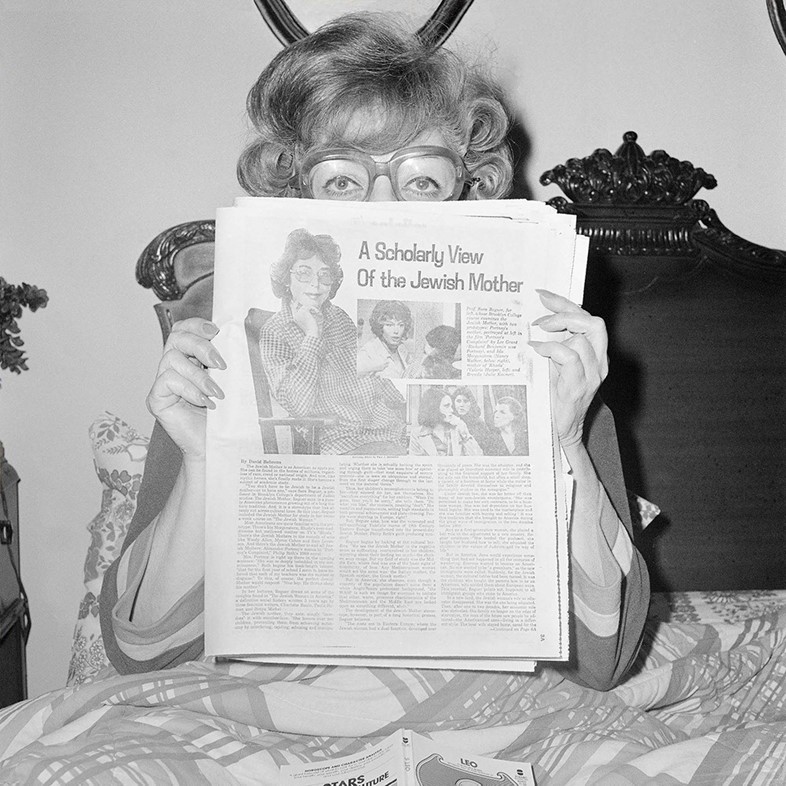
On taking self-portraits…
“The self-portraits were just an instinct. I was 23 years old, so I was capturing a time when I was transitioning from a young person into adulthood. We have these little costumes that are a part of our lives – whether it’s a dress from your brother’s prom, or a memory of being on stage tap dancing – and when I found the costumes I instantly said ‘I want to take self-portraits in them’. I’d set up the tripod, and have my little brother press the button.
I was a girl scout when I was younger, and I still had some of the uniforms, and the hats, because they folded up well. As for the braids I’m wearing in the picture – I had long hair until I went to girl scout camp one summer when I was in 4th grade, so about ten years old, and came back with my hair cut. I still have those braids in a bag.
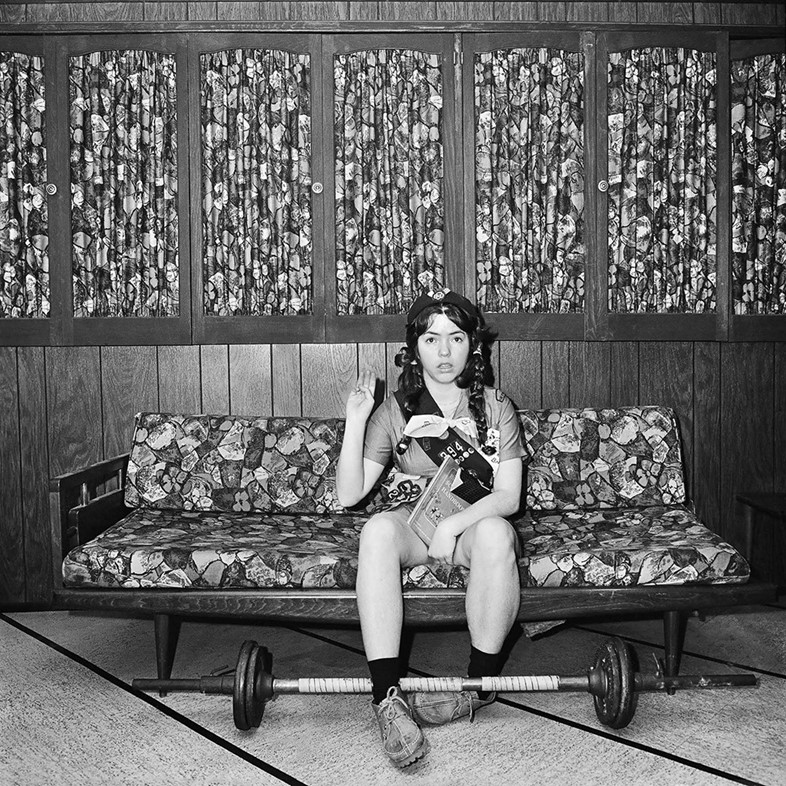
It was always so humorous – you’d put the uniform on and get this feeling like ‘you’re doing the girl scout’. The first photography show I ever saw was by Diane Arbus, and her interior shots really struck me – it was like coming into somebody’s home. Lartigue, too – when I saw his work, and the photographs he took as a child of his friends and his family, he was very close to them and they were just all around having fun together. It really reminded me of my friends and family. I’m so glad I did them. Just a couple of years, or a decade before, I’d been a little girl. I’m still that person. I think I look just like that.”
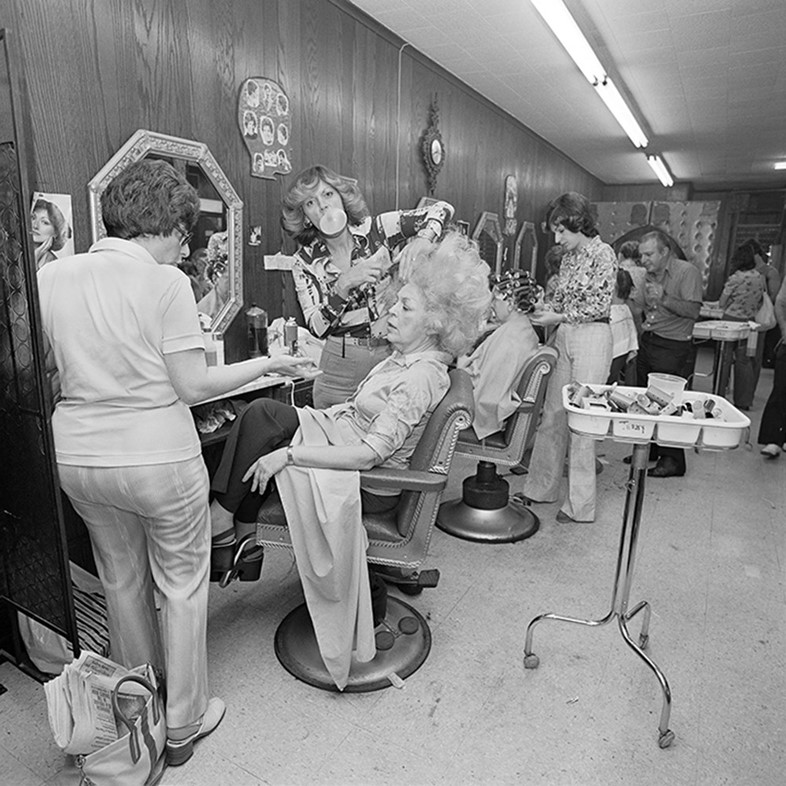
On moving to New York...
“I had a distant cousin who lived on the upper west side, who I had met two years before for the first time, and I moved in with her while I was studying in the city. She let me set up a darkroom in the house, and she was involved in a very diverse group of friends – poets, musicians, the Puerto Rican community – so I was living with completely different types of people. I carried my camera everywhere I went, it was very thrilling, I just felt very at home in the city. New York City at the time was going through a lot of changes, as well as economic and social difficulties, and I was going through difficulties and transition myself, as I had just come out as gay, but I felt very much like this was where I belonged.”
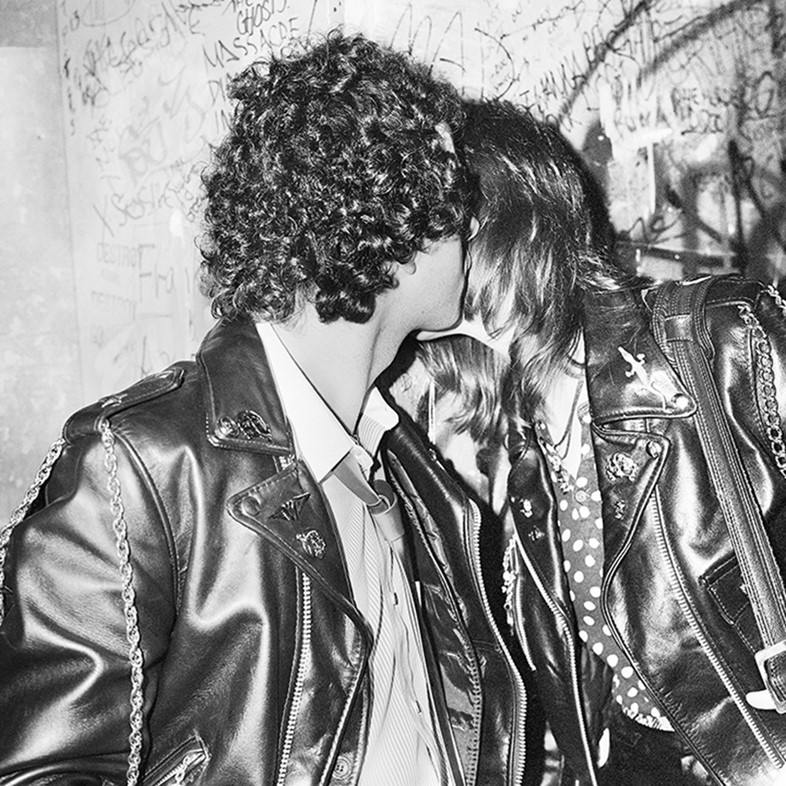
On the flourishing club scene of the 1970s and 80s...
“Honestly, I absolutely loved it. In 1977 I went to Mardi Gras and CBGBs, and that was fun, but later I went with a friend to Studio 54, and I loved it! From then on, I would only go back CBGBs if there was like a good name act I wanted to see, like Patti Smith or someone.
I really preferred the music in the clubs, so we went to all the hot clubs in Manhattan. I liked dancing – I’d dance with my camera – and l liked that it was very mixed. I didn’t go to only gay nights, or only lesbian nights. Everyone seemed very accepting, or, not accepting, but like ‘yeah, we’re all here!’ Celebrities, hairdressers, someone from down the block… Everyone was very friendly, warm, joyful, having a ball and finding themselves. They did get very funky at one point, there are some pictures in my book that are really not safe for work. At that point, my friend got a job waitressing at a go-go bar, and I was like, ‘oh okay, they play the same music here, and I can make some money on the side’. Then of course, when I got a full-time job, the nightlife had to change – I couldn’t be out till 4 in the morning! That changed, and then the club scene itself changed.
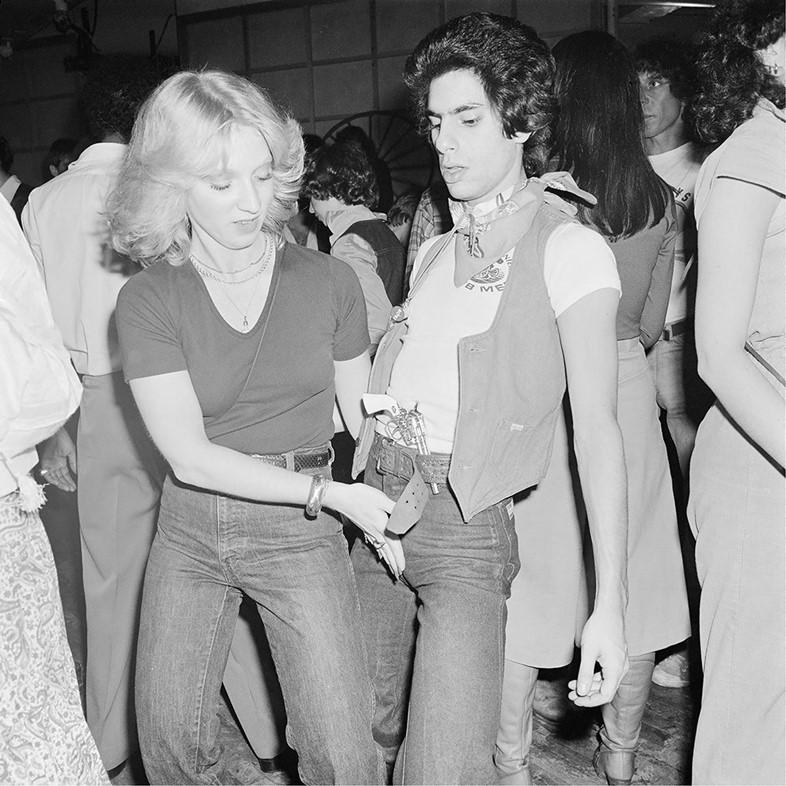
I was in it when I was very young, and the people I saw were friendly, you could dance with people you didn’t know. There are people in my show that are totally naked, yet they’re very comfortable with being photographed, because I danced with them on the weekends. When I was photographing the club scene, my inspiration was Brassaï – the photographer who took nightlife pictures of Paris. I felt like I was living my nightlife. It was just really fabulous. You jumped from one place to the next, and all those red ropes you hear about, that’s true. It’s a good thing that the doorman at Studio 54 liked us, but if the guy at the door that liked you wasn’t there, you’d go to another club. You could just hop from one place to the next.”
On her philosophy, and finding the joy in life…
“Life has a lot of tragedy and a lot of sadness in it, but here we are. Every one of us has a part in it, in history. Your life is important. You may not feel it – you may feel very dark and very sad, but you’re here for a reason.”
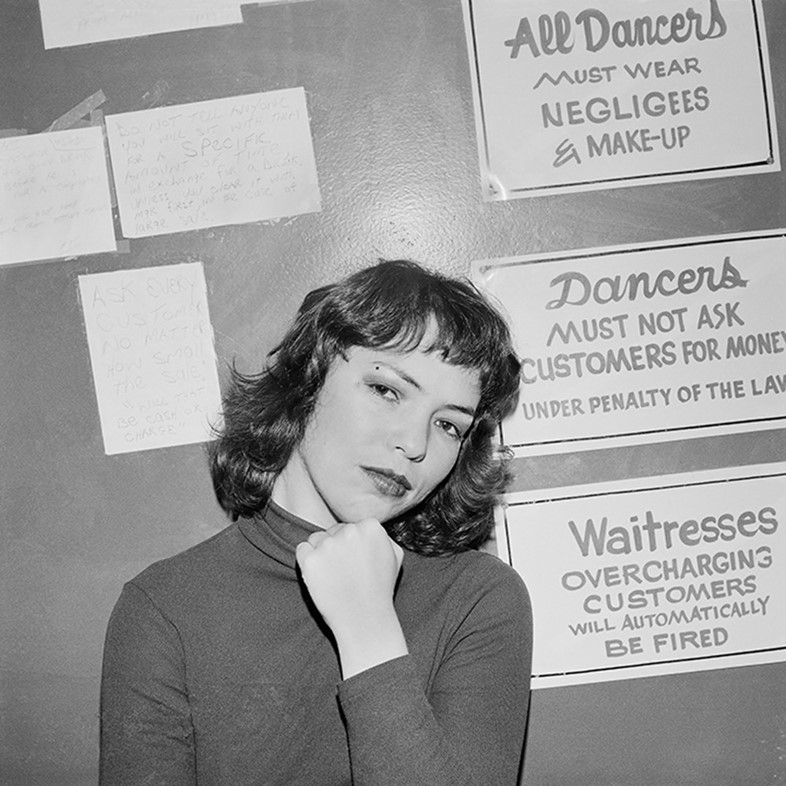
Meryl Meisler’s eponymous exhibition runs until April 9, 2016 at the Steven Kasher Gallery in New York.
